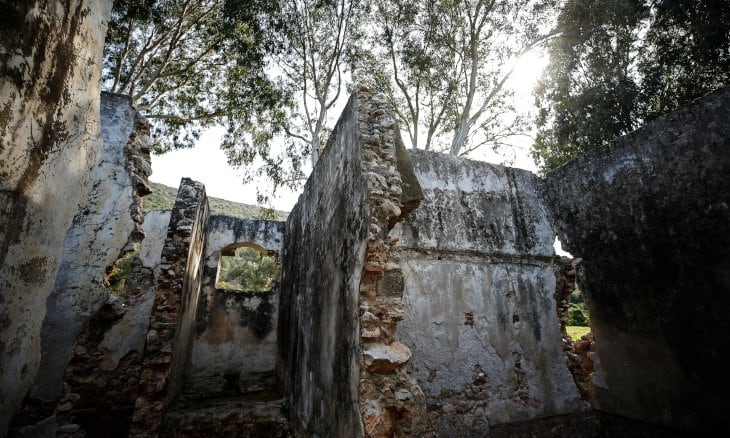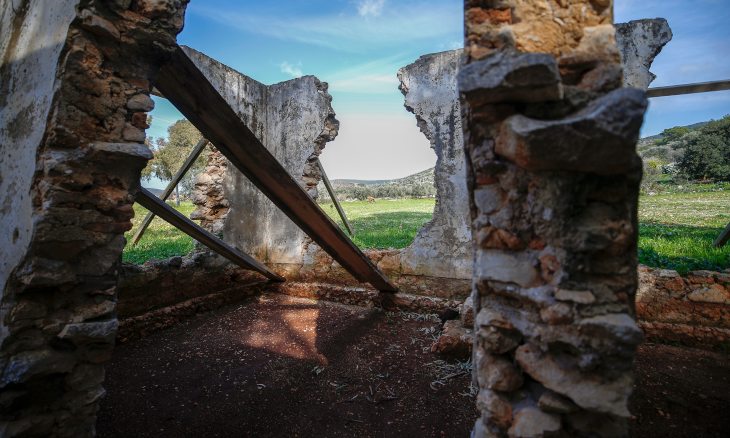Ottoman Empire's first radio telegraph station to become museum in southern Turkey
The Ottoman Empire's first radio telegraph station, located in the Mediterranean ancient city of Patara, will be transformed into a museum. Built in 1906 to communicate with African commonwealth, the station was able to communicate the longest distance with radio telegraphs at the time.
Duvar English
The Ottoman Empire's first radio telegraph station, built in 1906 to communicate with African commonwealth, will be transformed into a museum in the Mediterranean city of Antalya.
The archaeological site is found in Patara, which is considered to be the capital of the Lycia civilization and is home to an ancient amphitheater and baths.
President Recep Tayyip Erdoğan declared 2020 the "Year of Patara," which will increase interest in the site, said Head of Excavation Prof. Havva İşkan Işık.
Patara is also home to the Ottoman Empire's first radio telegraph station, which carries immense historical significance in that it was built in an attempt to maintain communication with the few remaining Ottoman commonwealths in Africa, Işık noted.
"Sultan Abdülhamid Han the Second determined that governments like Italy were looking to acquire more land and that Anatolia's communication with the region is crucial," said Işık.
Over 10 thousand Ottoman liras spent
The Ottoman Empire spent 12 thousand Ottoman liras even though that was a significant amount for the budget at the time because it was of utmost importance for the palace to maintain communication with Libya, Işık said.
"The equivalent of the Patara station is located in the province of Derna in Libya. The distance between those two is 850 kilometers, the longest-distance radio telegraph of the time," Işık added.

The station was reportedly designed to transmit four thousand words per day and two Ottoman engineers were trained in Germany to master the technology.
"Afterwards, one of them worked in the Patara station and the other at the Derna station. The effort to master the technology with national resources is admirable," Işık said.
The station also was also important for financial activities and communication with nearby ships, Işık added.
'The station was bombed'
The sister station in Derna was bombed by Italian troops in 1911, Işık noted, adding that the Patara station was also the target of an attack.

"We haven't been able to pin down the exact date, but the Italians then bombed Patara. This station was bombed and the southeast corner of the amphitheater was also hit," Işık said.
The Antalya Governor's Office will be leading the renovations, Işık added, noting that the station is a unique ruin in that it symbolizes the intersection of the Ottoman Empire and the Republic of Turkey — which was in the making at the time.
"These stations are as important as the antique theater and the baths. They deserve to be conserved and carried out into the future as much as the other structures."
